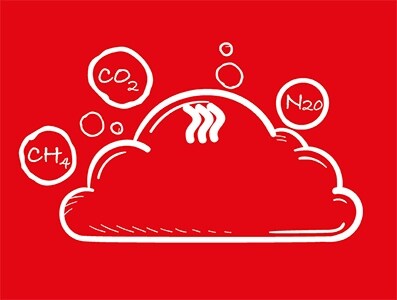
-
Global/EN
- Global
- North America
- Latin America
Demand for animal protein continues to rise as the world’s population grows.
The World Resources Institute predicts growth to 445 million tons per year by 2050, to meet the needs of a population of 9.7 billion. In line with figures published by FAO, this means approximately 70% growth compared to today. However, the world’s population will increase by only 40% during this period.
This growth in animal production places tremendous demands on the world’s natural resources. The industry must therefore become more efficient, use less land, and reduce its environmental footprint.
Feed enzymes are an established and evolving technology that offer the tangible, measurable means to achieve these objectives.
Feed enzymes improve feed ingredient digestibility. They substantially reduce the amount of feed needed to meet the world’s growing demand for animal protein. They also enable the greater use of alternative, local feed ingredients and by-products, thereby reducing our reliance on soy and other major crops.
Drawing on 20 years of pioneering experience in animal nutrition & health and enzyme development, the DSM | Novozymes Alliance offers unique feed enzyme solutions across phytase, carbohydrase, protease and gut health enzymes
It is by innovating the world's first feed protease, and novel enzymes that target other substrates in the gut that have led to improved digestibility and absorption of nutrients from animal feed. This has led to significant improvements in the efficient use of natural resources, helping to reduce pressure on land use for crop production, reducing our reliance on finite rock phosphate resources while helping greater circular use of by-products. Our technologies have led to: